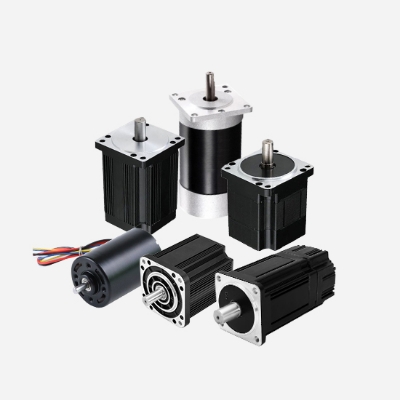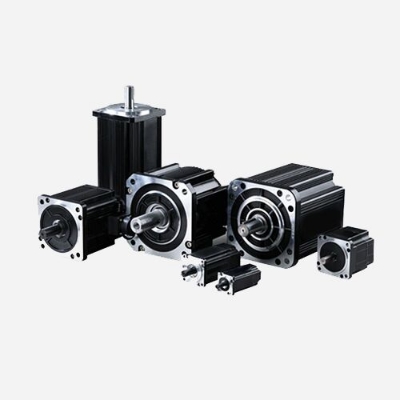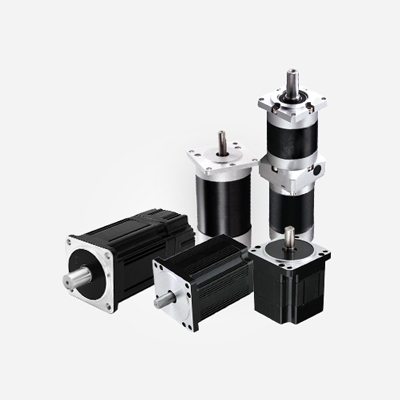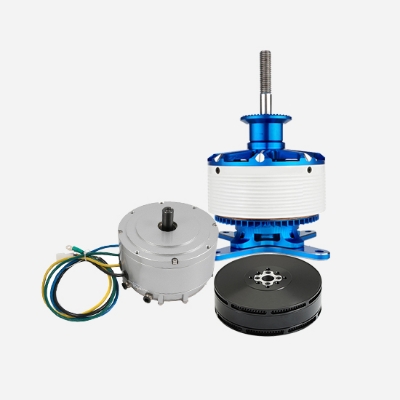The brushless DC motor consists of a motor body and a driver and is a typical mechatronic product. A brushless motor refers to a motor without brushes and commutators (or collector rings), also known as a commutator-free motor. The brushless DC motor (BLDC) replaces the mechanical commutator with an electronic commutator, so the brushless DC motor not only has the characteristics of good speed regulation performance of the DC motor, but also has the characteristics of the simple structure of the AC motor, no commutation sparks, and reliable operation and the advantages of easy maintenance.
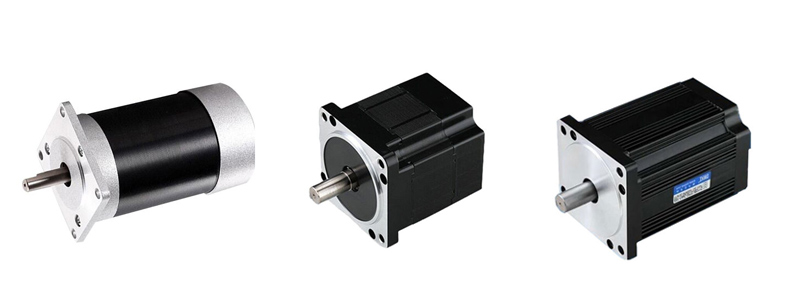
A BLDC motor controller regulates the speed and torque of the motor; it can also start, stop, and reverse its rotation. To understand the working principles of the controller, let us start first with the construction of a brushless motor. Its major components comprise:
- an armature or rotor made of permanent and in many cases neodymium magnets;
- a stator with windings that create a magnetic field when energized.
The rotor’s magnets and stator’s windings provide the rotation of the motor. They attract each other with opposite poles and repel each other with the same poles. A similar process takes place in a brushed DC motor. The essential difference is in the method of switching the current applied to the wire windings.
In a BLDC motor, this is a mechanical process triggered by a commutator with brushes. In a BLDC motor, it happens electronically with the help of transistor switches.
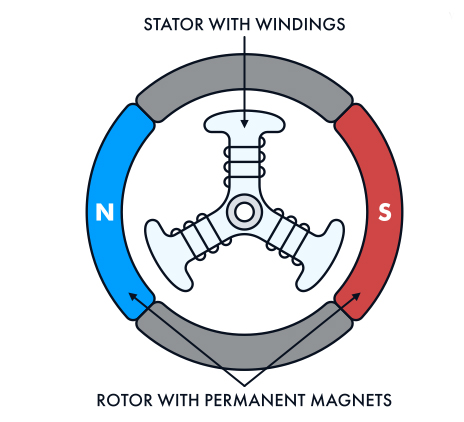
A BLDC motor controller detects the position of the rotor either by using sensors (for example, a Hall-effect sensor) or senselessly. The sensors measure the rotor’s position and send out this data. The controller receives the information and enables the transistors to switch the current and energize the required winding of the stator at the right time.
The stator of a BLDC motor is the coil-wound armature and the rotor is the permanent magnet. If only a fixed DC current is passed to the motor, the motor can only generate a constant magnetic field, and the motor cannot rotate. Only the position of the motor rotor can be detected in real-time, and then the corresponding current is supplied to the different phases of the motor according to the position of the rotor so that The stator generates a rotating magnetic field whose direction changes uniformly, and the motor can rotate with the magnetic field.

